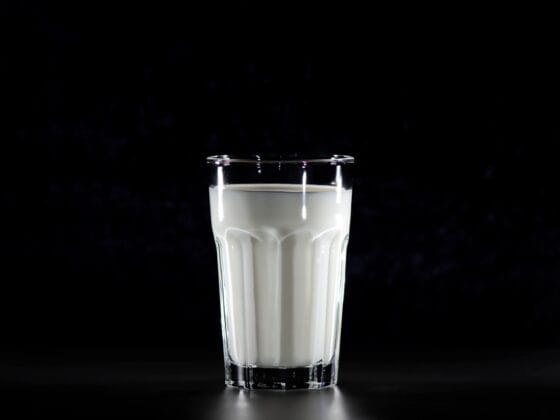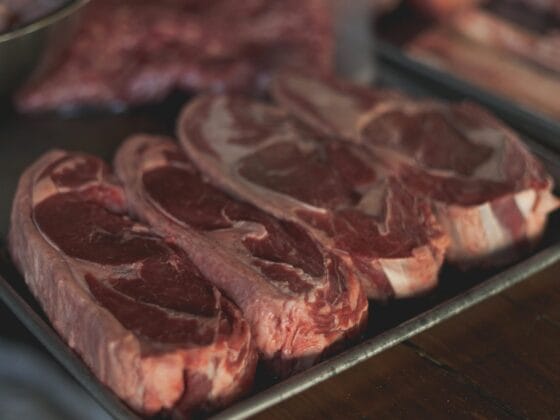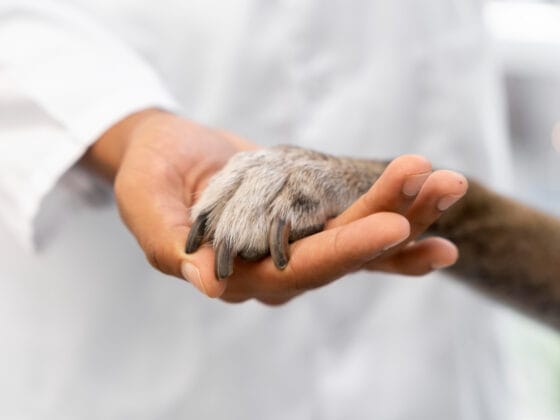Ile trawi pies? – The Digestive System of Dogs
When it comes to our furry friends, it’s important to understand their digestive system and how it functions. One common question that dog owners often ask is, „Ile trawi pies?” which translates to „How long does it take for a dog to digest food?” In this article, we will explore the digestive process of dogs, including the time it takes for them to digest different types of food.
The Digestive Process of Dogs
The digestive system of dogs is designed to break down food into nutrients that can be absorbed and utilized by their bodies. It consists of several organs, including the mouth, esophagus, stomach, small intestine, large intestine, and rectum.
Here is a step-by-step breakdown of the digestive process in dogs:
- Ingestion: Dogs begin the digestive process by chewing and swallowing their food. The saliva in their mouth helps to moisten the food and initiate the breakdown of carbohydrates.
- Stomach: Once the food reaches the stomach, it is mixed with gastric juices, including hydrochloric acid and enzymes, which help to break down proteins. The stomach also acts as a storage organ, holding the food until it is ready to move into the small intestine.
- Small Intestine: The majority of digestion and nutrient absorption occurs in the small intestine. Here, the food is further broken down by enzymes produced by the pancreas and bile from the liver. Nutrients are then absorbed through the intestinal walls and into the bloodstream.
- Large Intestine: The remaining undigested food, along with water and electrolytes, move into the large intestine. The primary function of the large intestine is to absorb water and electrolytes, while also forming and storing feces.
- Rectum: Finally, the feces are stored in the rectum until they are eliminated from the body through the process of defecation.
The Time it Takes for a Dog to Digest Food
The time it takes for a dog to digest food can vary depending on several factors, including the type of food, the size of the dog, and their individual metabolism. On average, it takes a dog anywhere from 8 to 10 hours to digest a meal.
However, the digestion time can be influenced by the following factors:
- Type of Food: Different types of food require different amounts of time to digest. For example, carbohydrates are typically digested more quickly than proteins or fats.
- Size of the Dog: Smaller dogs tend to have faster digestion times compared to larger dogs. This is because their digestive systems are proportionally smaller and more efficient.
- Metabolism: Each dog has a unique metabolism, which can affect their digestion time. Some dogs may have a faster metabolism, resulting in quicker digestion, while others may have a slower metabolism.
Case Study: Digestion of Raw Food vs. Commercial Dog Food
A study conducted by the University of Helsinki compared the digestion time of raw food and commercial dog food. The study found that dogs fed a raw food diet had a shorter digestion time compared to those fed a commercial dog food diet.
The researchers concluded that the higher moisture content and natural enzymes present in raw food may contribute to faster digestion and nutrient absorption in dogs. However, it’s important to note that individual dogs may have different responses to different types of food, and further research is needed to fully understand the impact of diet on digestion time.
Summary
Understanding the digestive system of dogs is crucial for their overall health and well-being. While the average digestion time for a dog is around 8 to 10 hours, it can vary depending on factors such as the type of food, the size of the dog, and their metabolism.
Feeding dogs a balanced diet that meets their nutritional needs is essential for optimal digestion. Whether you choose to feed your dog raw food or commercial dog food, it’s important to monitor their digestion and make adjustments as needed.
Remember, if you have any concerns about your dog’s digestion or overall health, it’s always best to consult with a veterinarian who can provide personalized advice and guidance.






